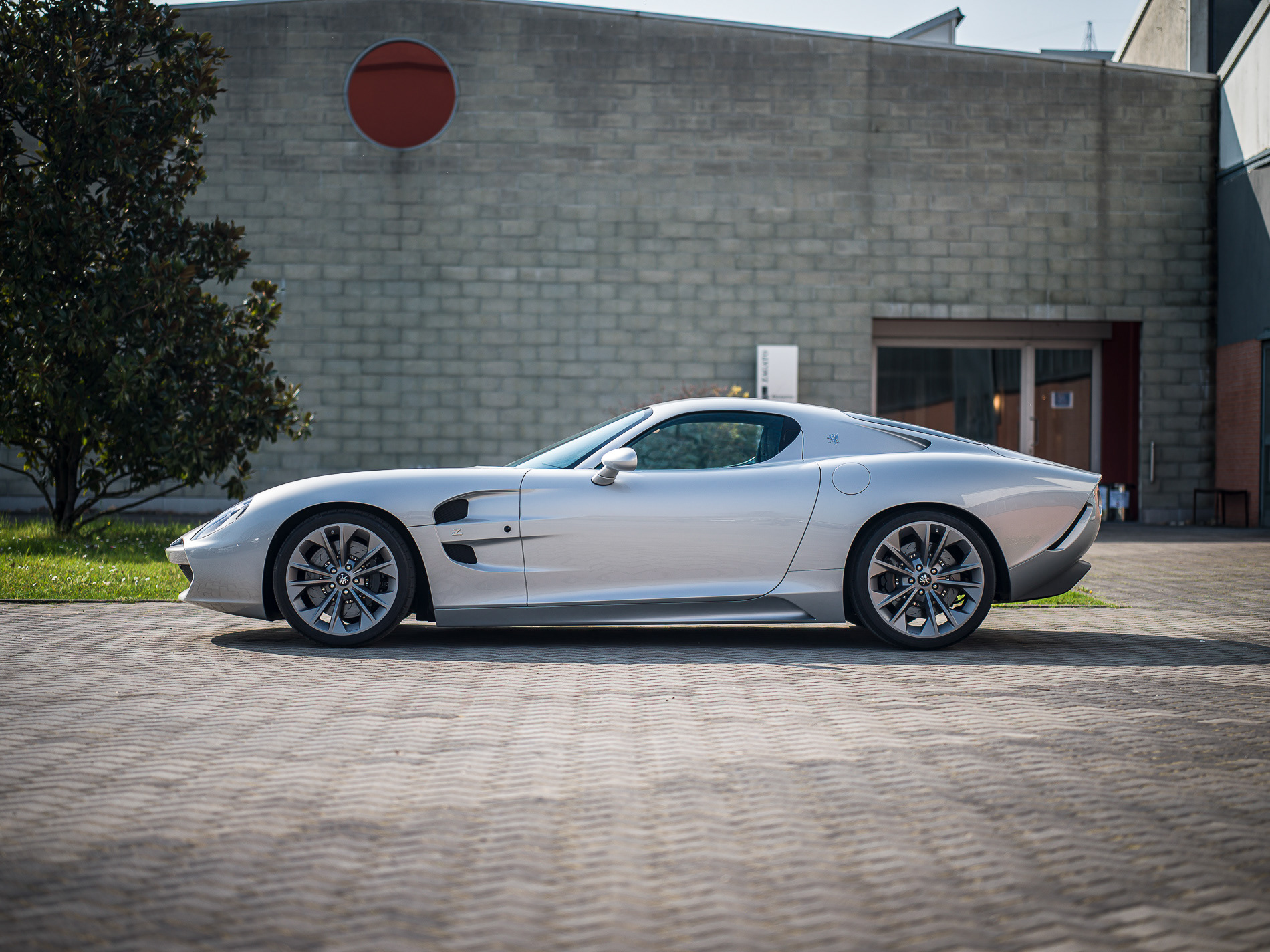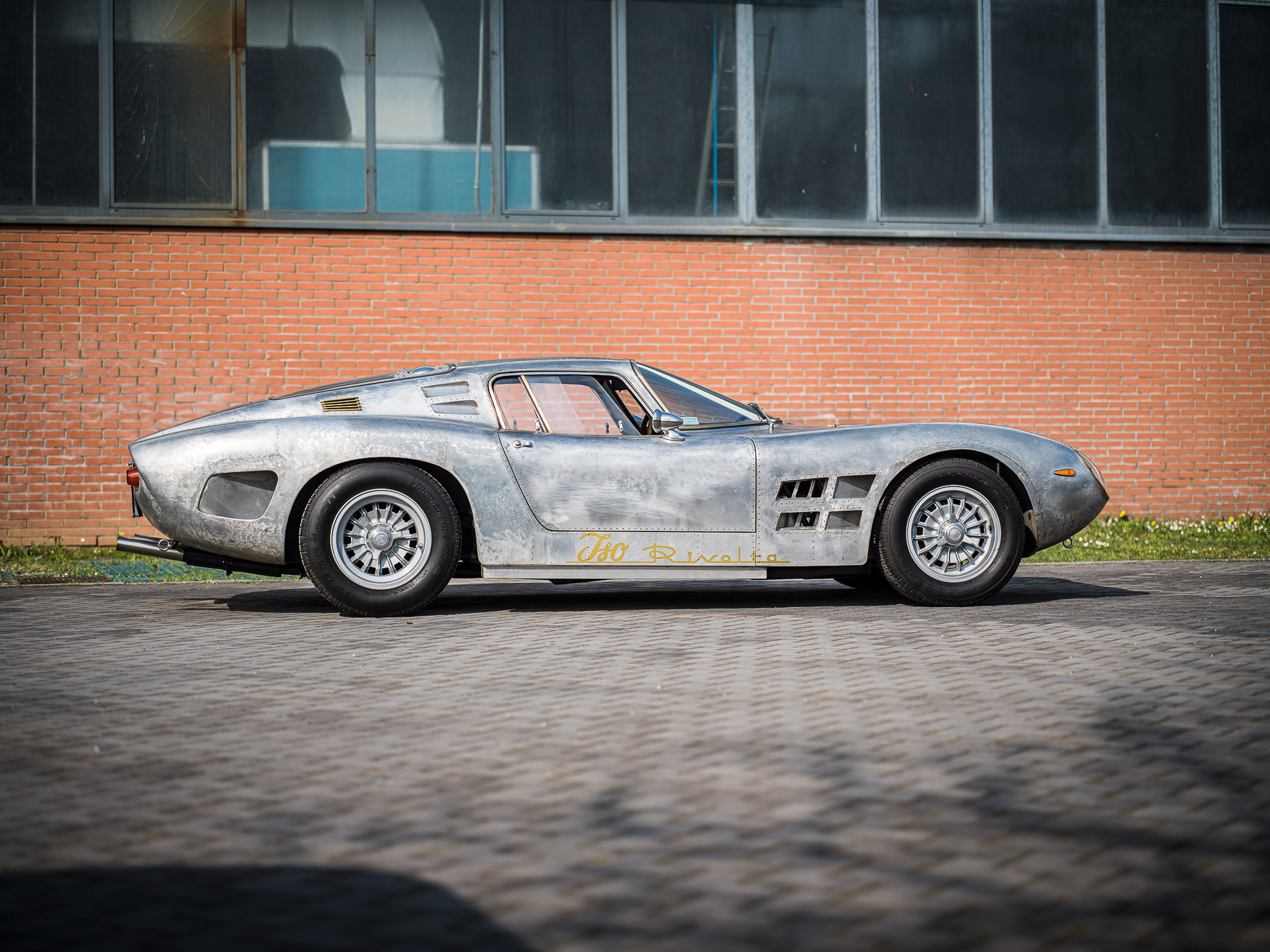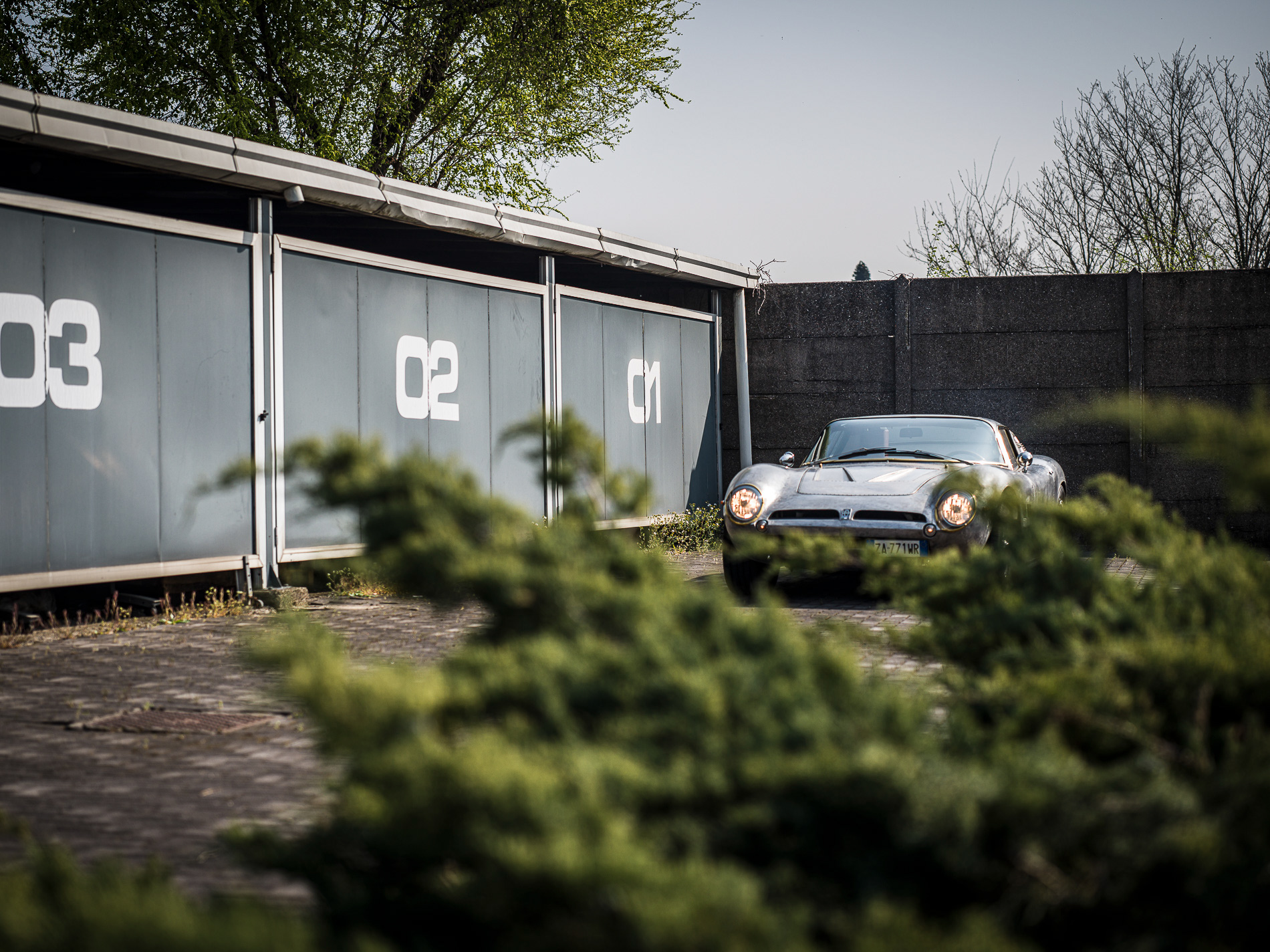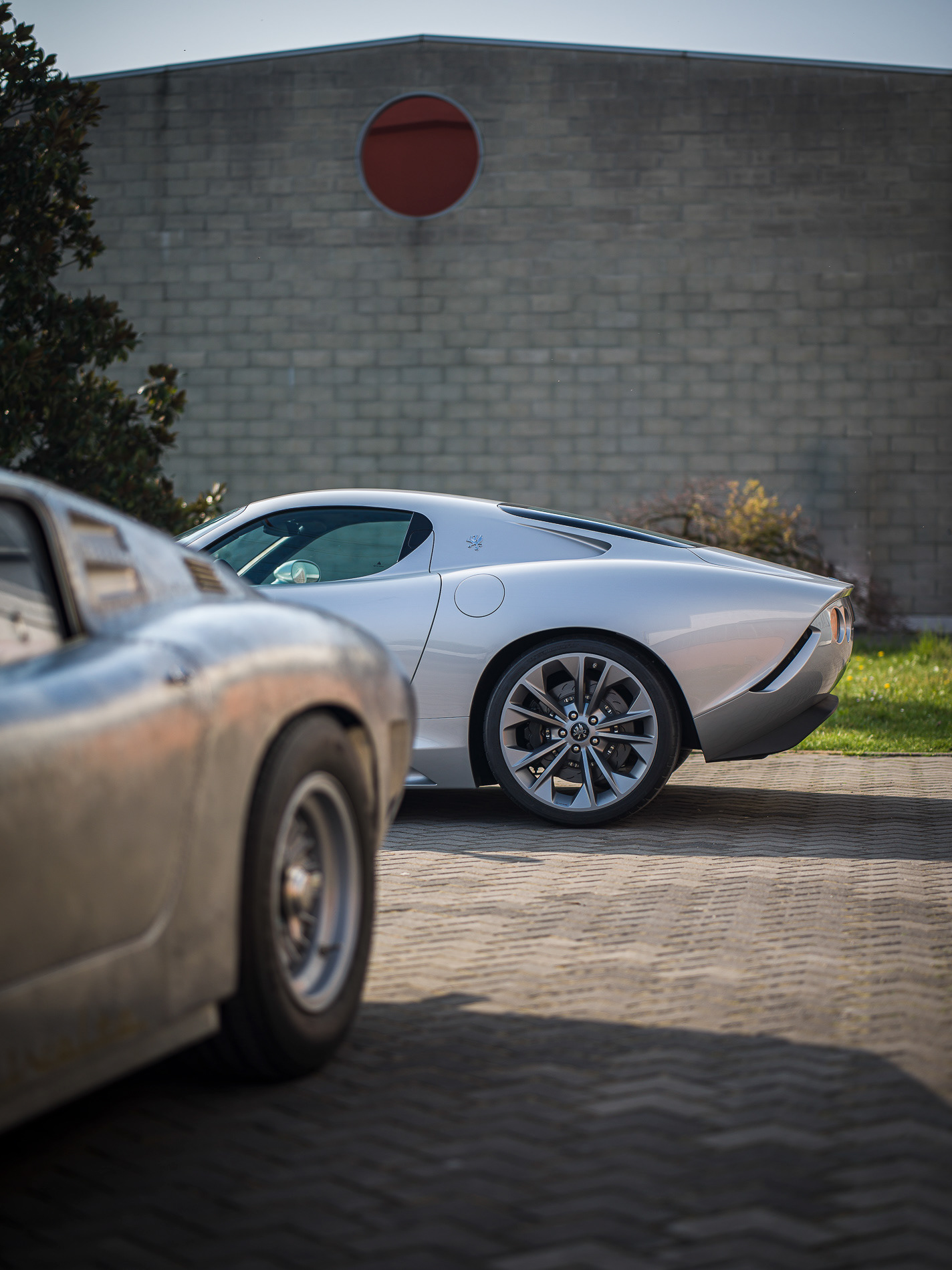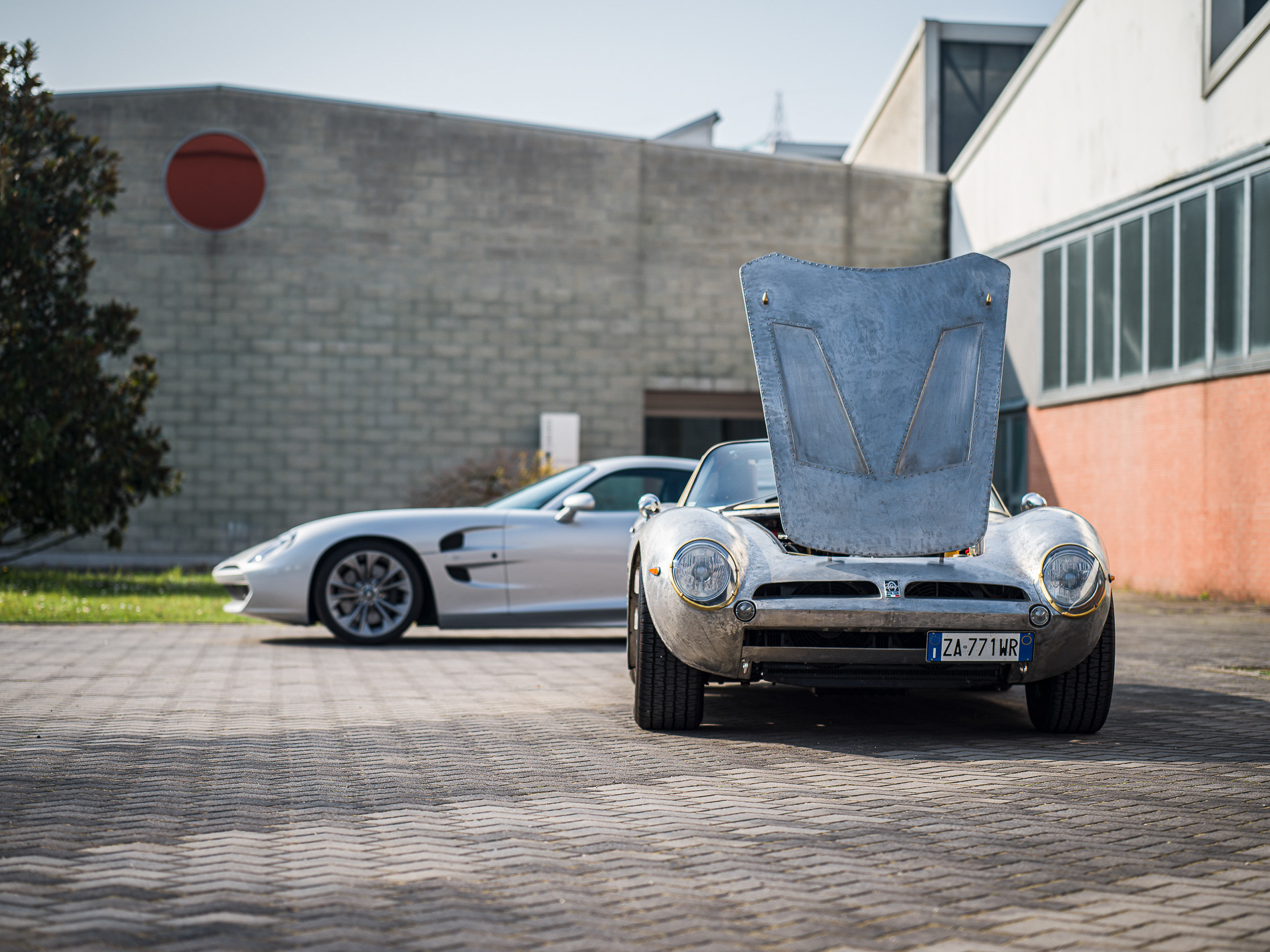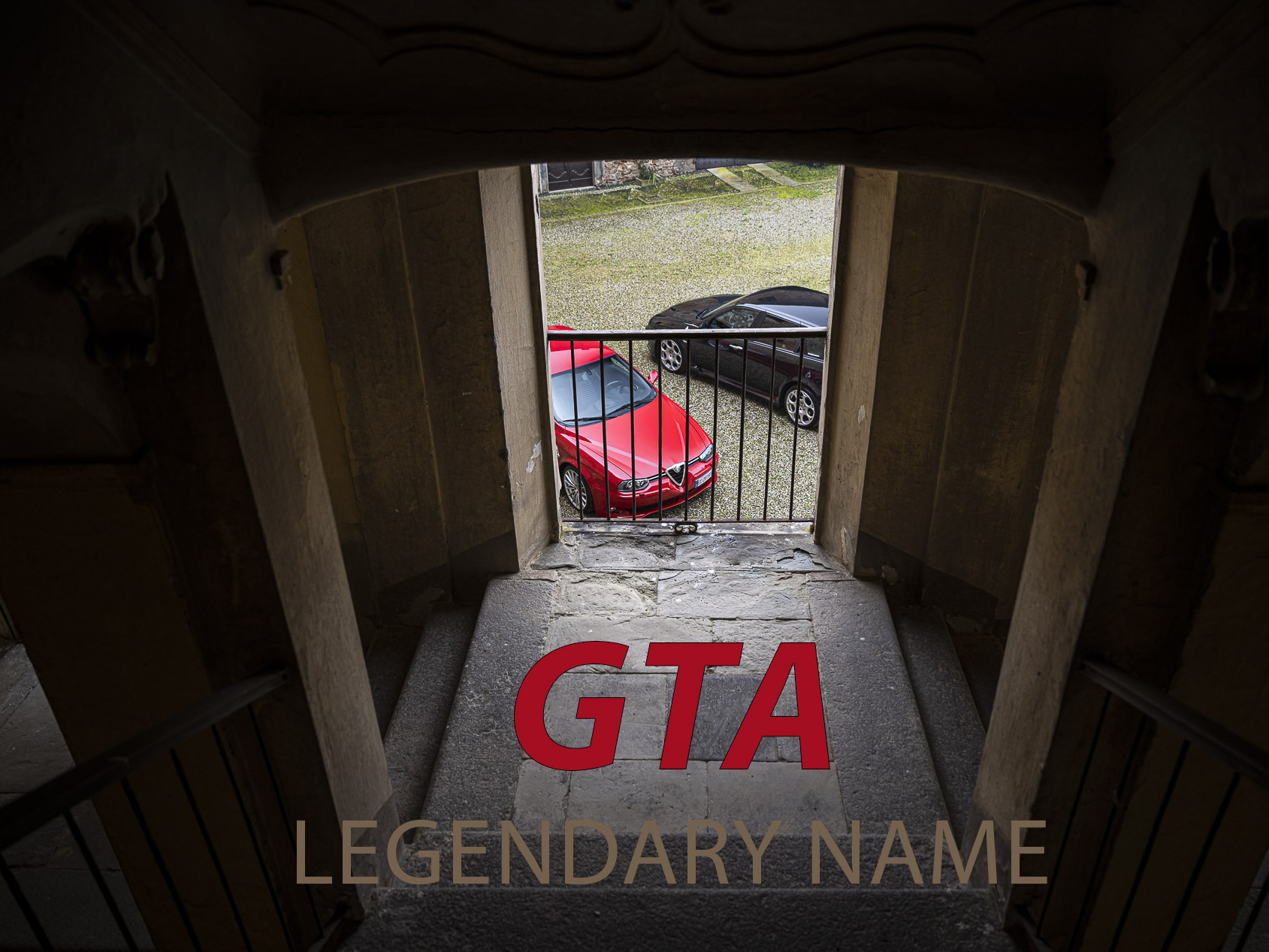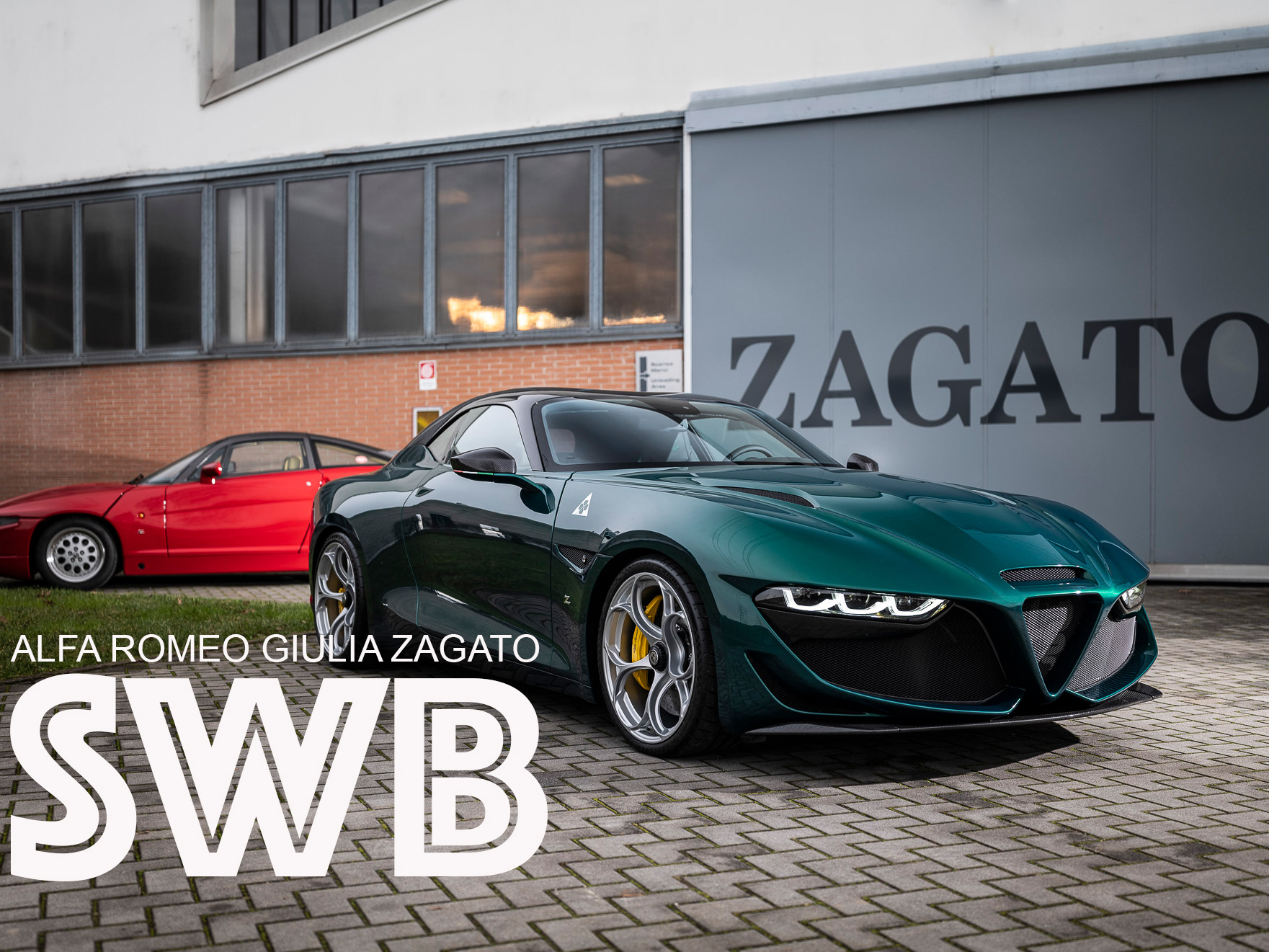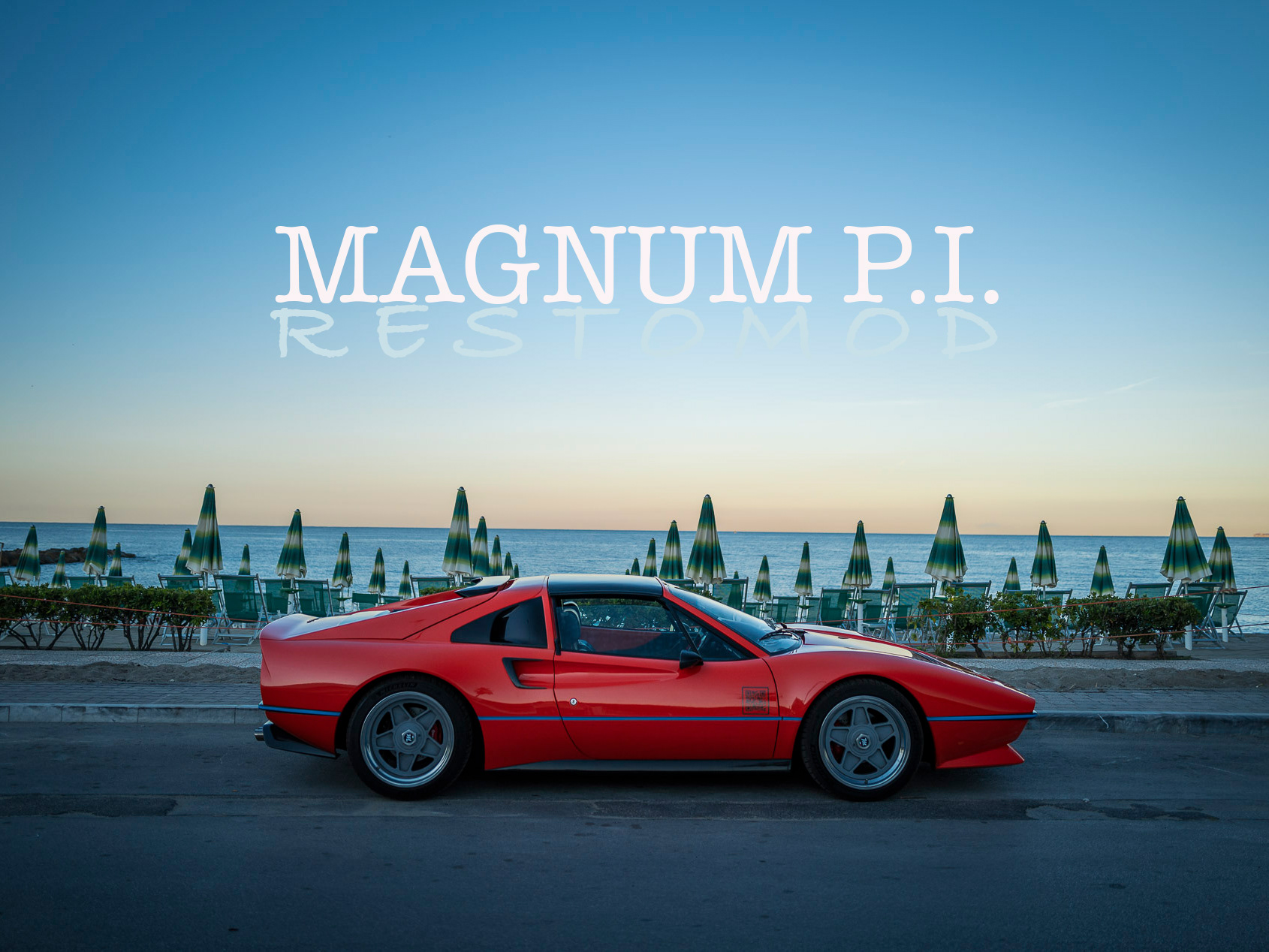ISO RIVOLTA has its origins towards the end of the 30’s with a factory producing electric heaters and chillers. In the early 1950s, Renzo Rivolta developed the concept for a car that was halfway between a car and a motorbike and in 1953 the Isetta was launched. At the beginning of 1957 Renzo Rivolta aimed to take a new direction and, from the ashes of Iso Autoveicoli, founded Iso Rivolta.
The real transition to passenger car production took place in 1962 with the public presentation of the 300, a luxury coupé designed by Bertone . In 1963, the Iso A3 was built and exhibited at the Turin Auto Show. Developed for racing with the name A3/C, it was entrusted to Giotto Bizzarrini, who was hired by Iso as a track engineer.
"Ever since I began working in the automotive world, with Andrea Zagato, I have always felt a strong desire to pay tribute to my family's history by bringing back to the market a brand that has marked the automotive history, not only with the iconic Isetta but also with the Granturismos that combined Italian style with powerful American V8 engines.”
Says Marella Rivolta Barberi, Art Director Zagato, and continues:
“A choice that began three years ago with the first Vision GT, a virtual prototype made for the Granturismo video game with the idea of involving the 150 million Sony Playstation players. Thanks to this operation we laid the foundations of the re-loading of the ISO brand.
An idea that then came to full maturity - given the great success of the first initiative - with the decision to create with the ISO Rivolta GTZ, a real car from the Atelier Zagato.”
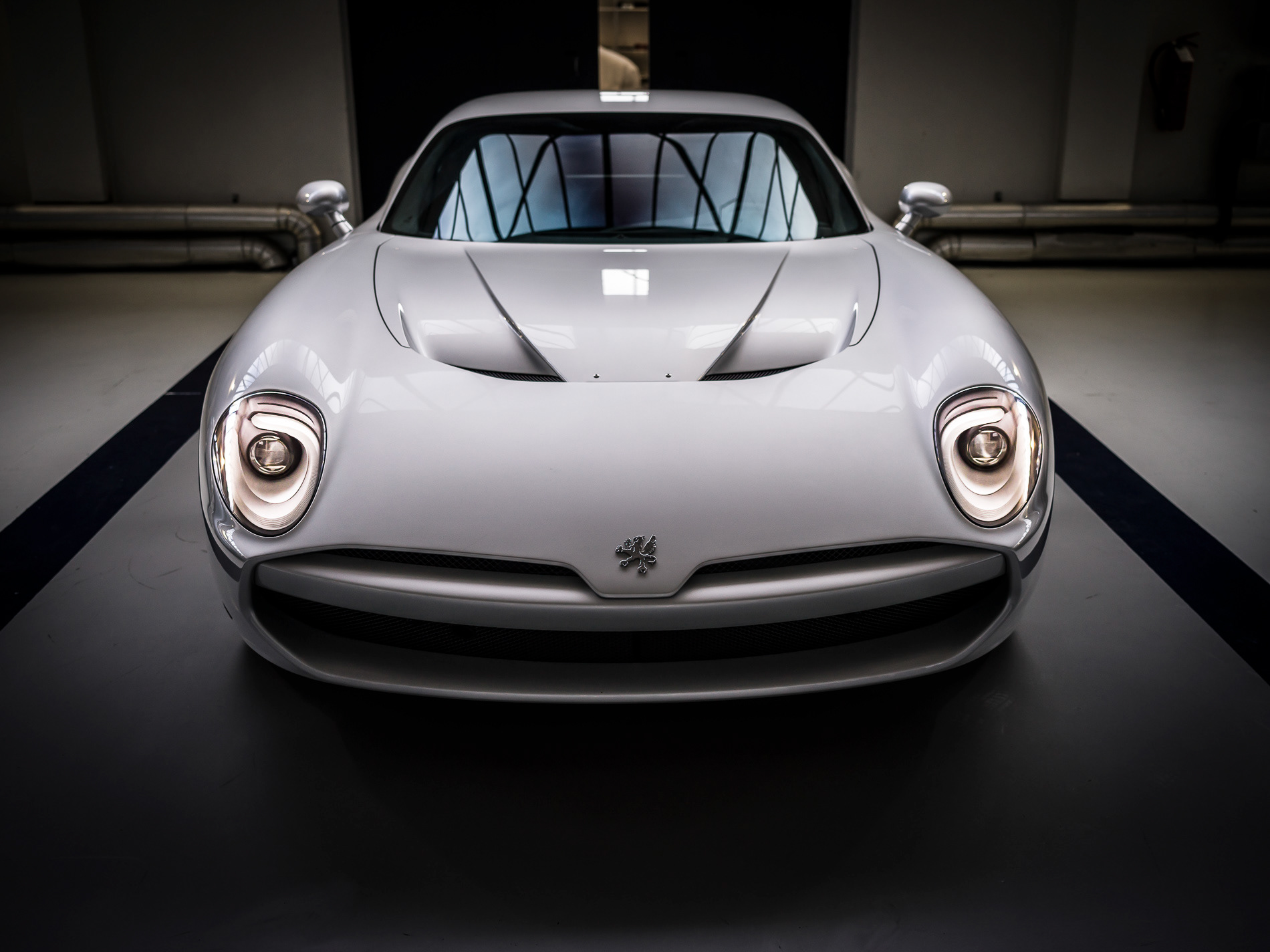

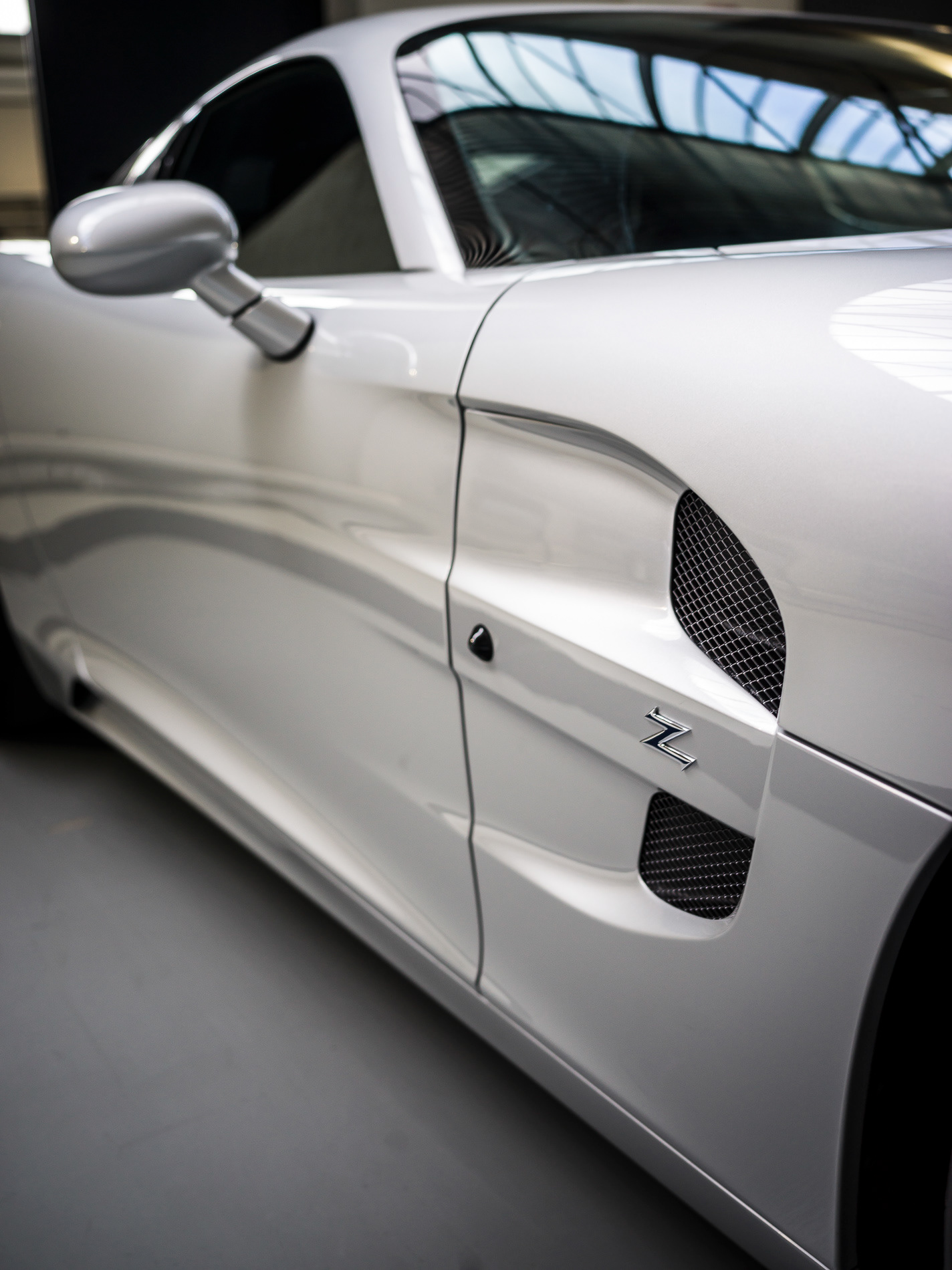








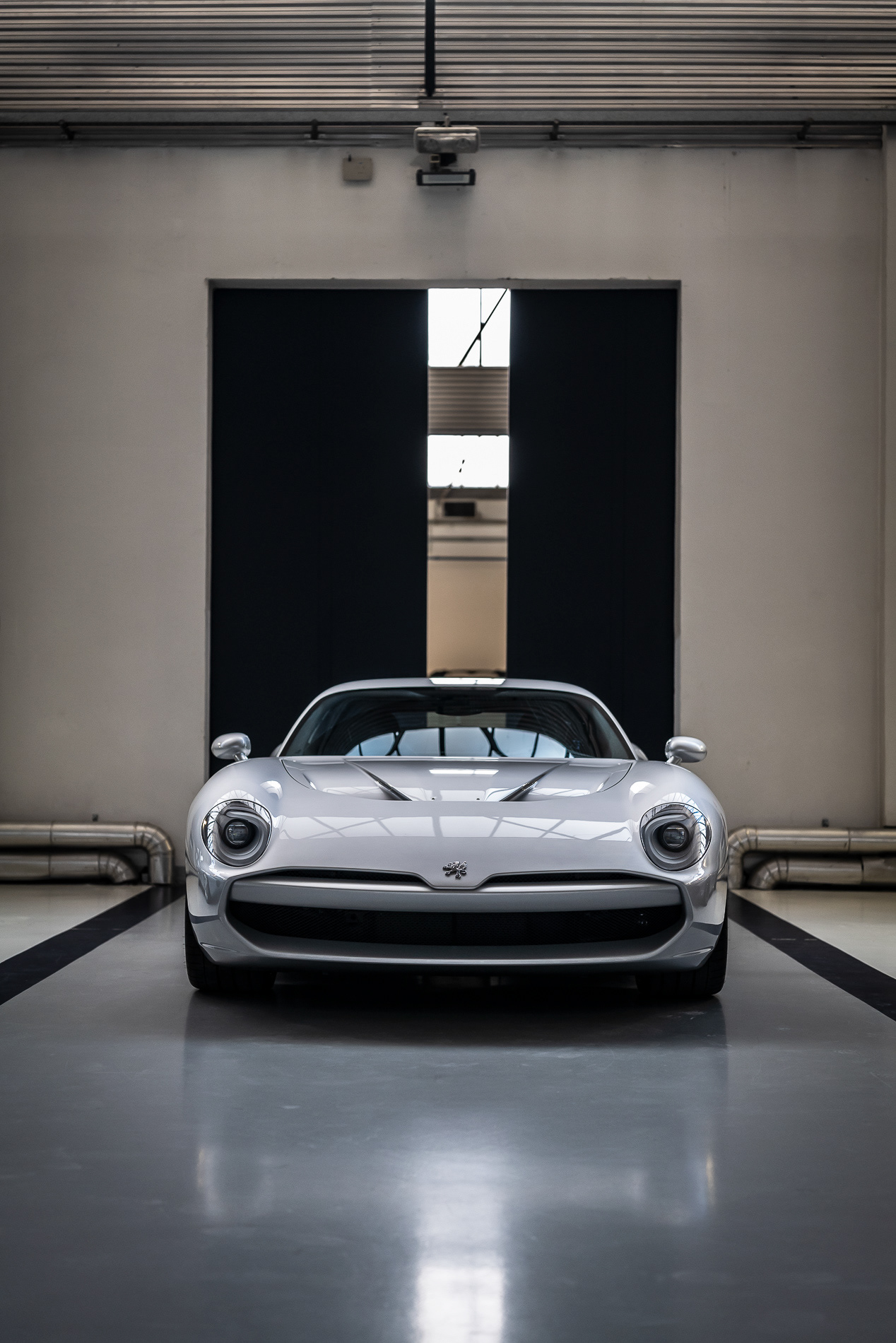

The study and development of the new GTZ design was entrusted to the expert Norihiko Harada, chief designer at Zagato.
"This Granturismo Zagato represents the perfect combination of design and performance, like its progenitors: the historic ISO Rivolta GTs. The "wave" design of the GTZ's side is where the present meets the past. It takes inspiration from the ISO A3, unveiled on the ISO Rivolta stand at the 1963 Turin Motor Show, which, in turn, was the inspiration for several subsequent iconic models, one among them, for example, the Lamborghini Miura.
The body is made of carbon fiber to keep the weight low and offer a seamless sculptural design.
The fender, tapered fast-back, domed windshield and side air intakes, which extend the A3's signature up to the front profile, create an elegant, well-proportioned car with great stage presence.
The GTZ, in honor of its ISO A3 progenitor, does not feature - intentionally - one of Zagato's distinctive features: the "Double Bubble" roof.
It certainly enhances the concept of essential beauty, visible in the purity of the rear lines in the details that recall the most beautiful Italian lines of the "60s. Interpreting and designing an icon of lifestyle, and of competitions, like the A3 and obtaining a unique result was not easy".
The progenitor A3, in the "C" version, where “C” stays for Corsa, was conceived by Renzo Rivolta to promote the ISO Brand in the two years that preceded the launch of the beautiful Grifo (GTL).
For this purpose, Giotto Bizzarrini was hired as track engineer and he made it run in all the most important races in the world.
Above all, the most famous and difficult race in the world: the 24 hours of Le Mans, where - as ISO Rivolta - he won his class in 1964 and in 1965.
The A3 then, in the "Berlinetta Stradale" version, has also been a lifestyle icon, chosen, among others, by the French singer and actor Johnny Hallyday.
The ISO Rivolta GTZ is based on the Corvette Z06 C7. In the tradition of ISO Rivolta, the "heart" of the GTZ is American and very powerful, like its ancestor A3: a 6.2-liter V8 engine with 660 hp, which allows the GTZ to reach a top speed of 315 Km/h and runs from 0 to 100 km/h in just 3.7 seconds. If that is not enough, available there is a Hazeberg “Silver Upgrade” for the engine, to get the power up to 750 HP.
Even the body, 4.6 meters long and made with two panels of carbon fiber, is a clear trademark Zagato, because it expresses the essential beauty that has always distinguished the Milanese Atelier.
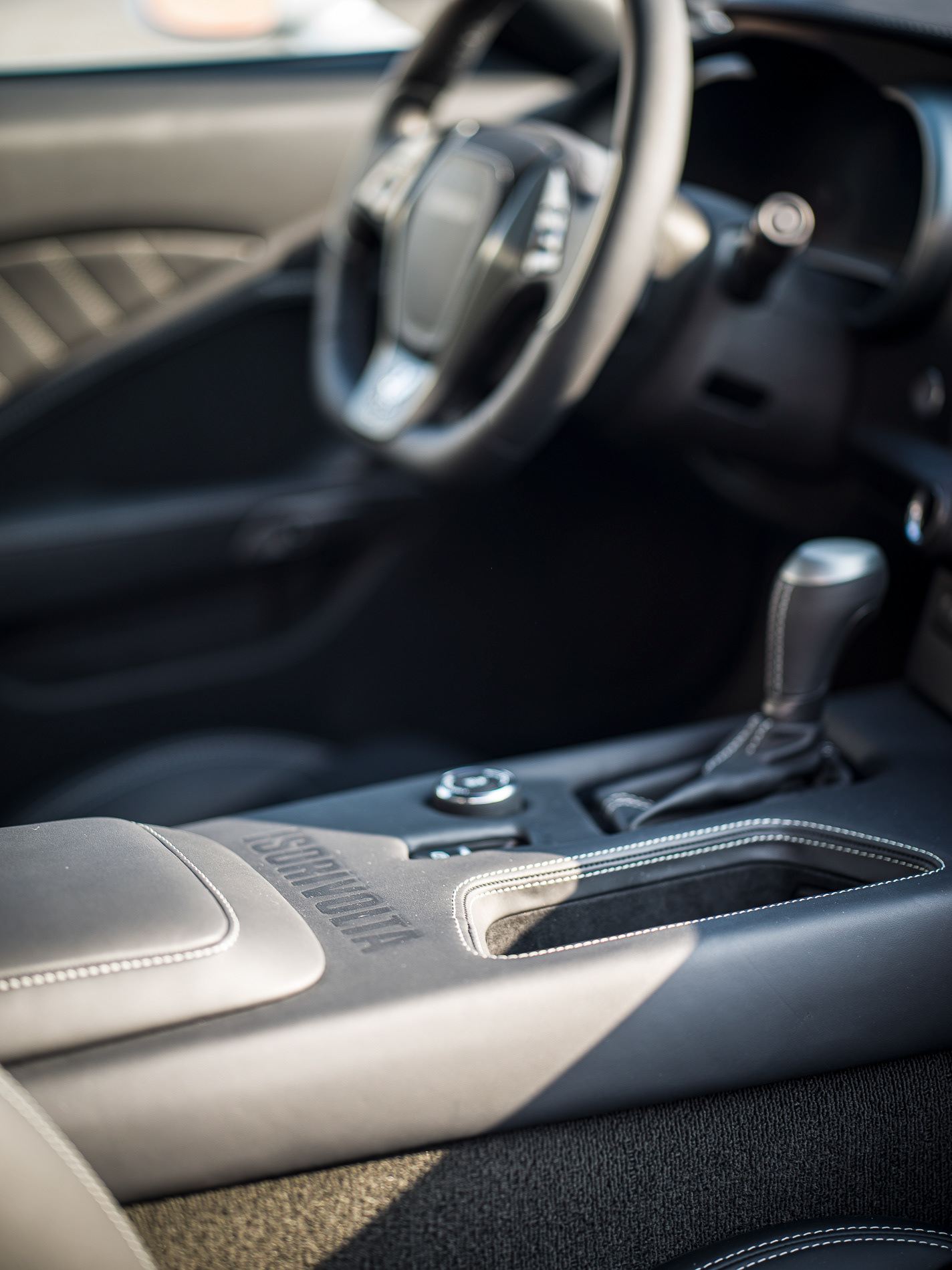

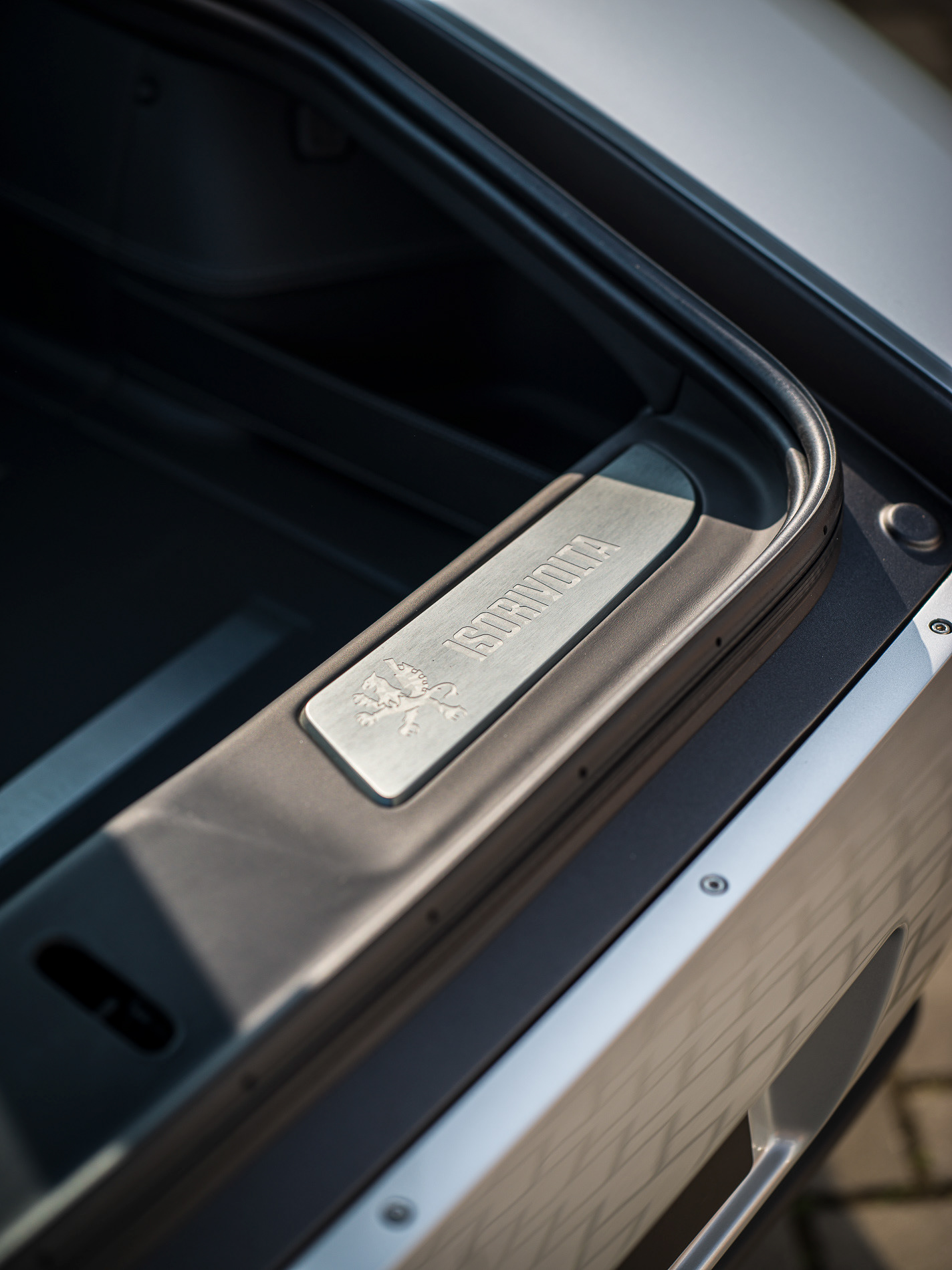

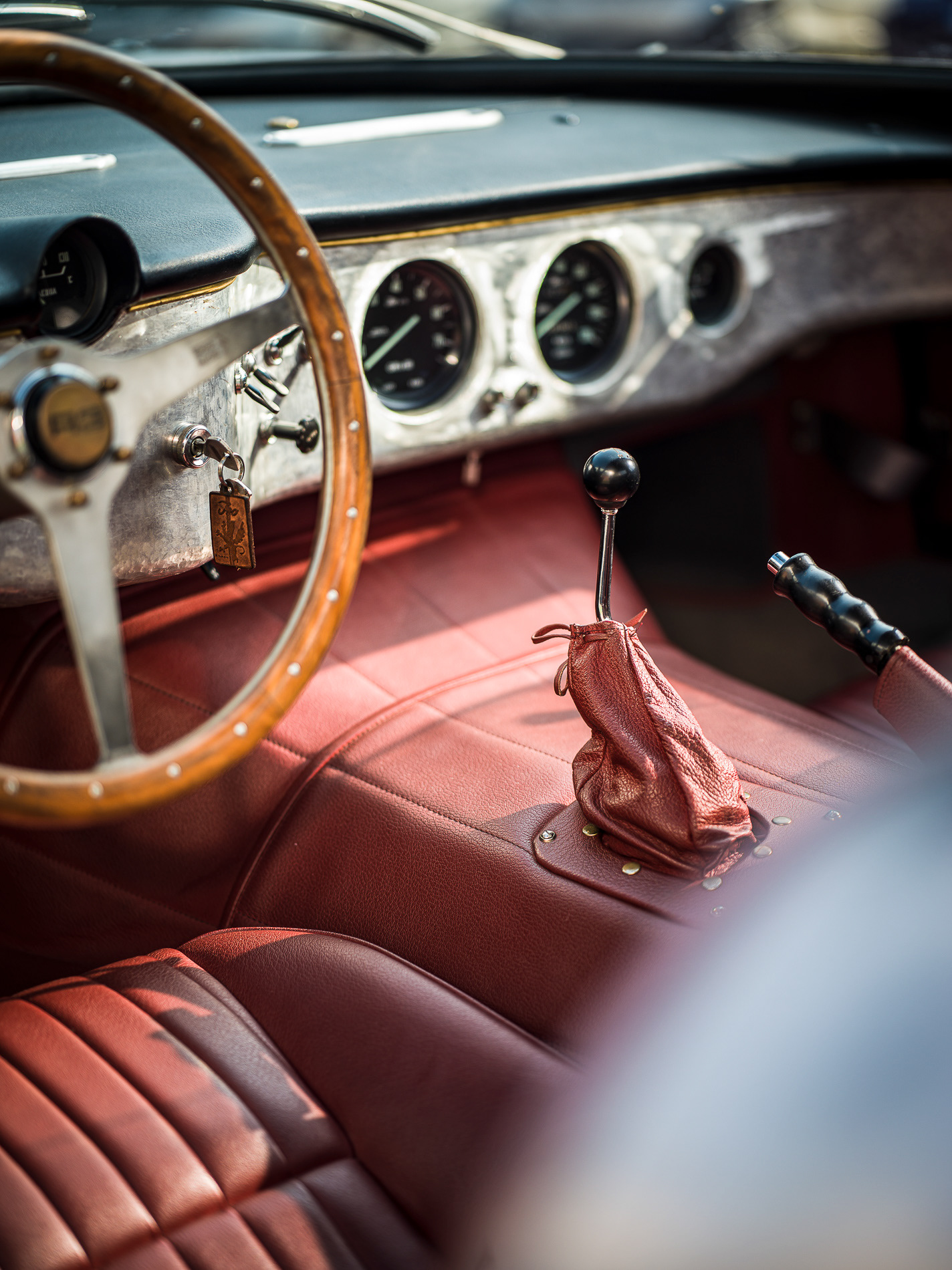
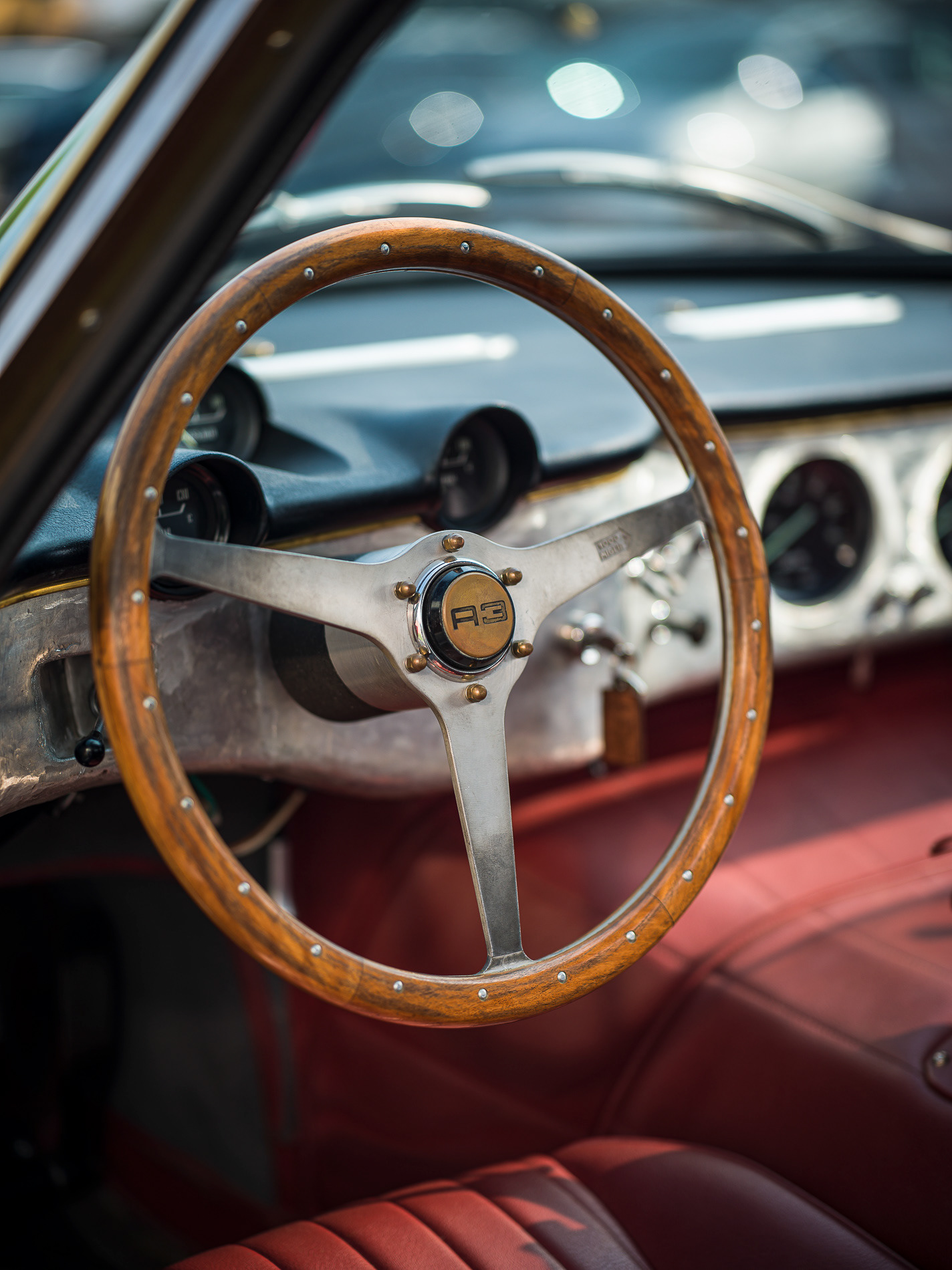

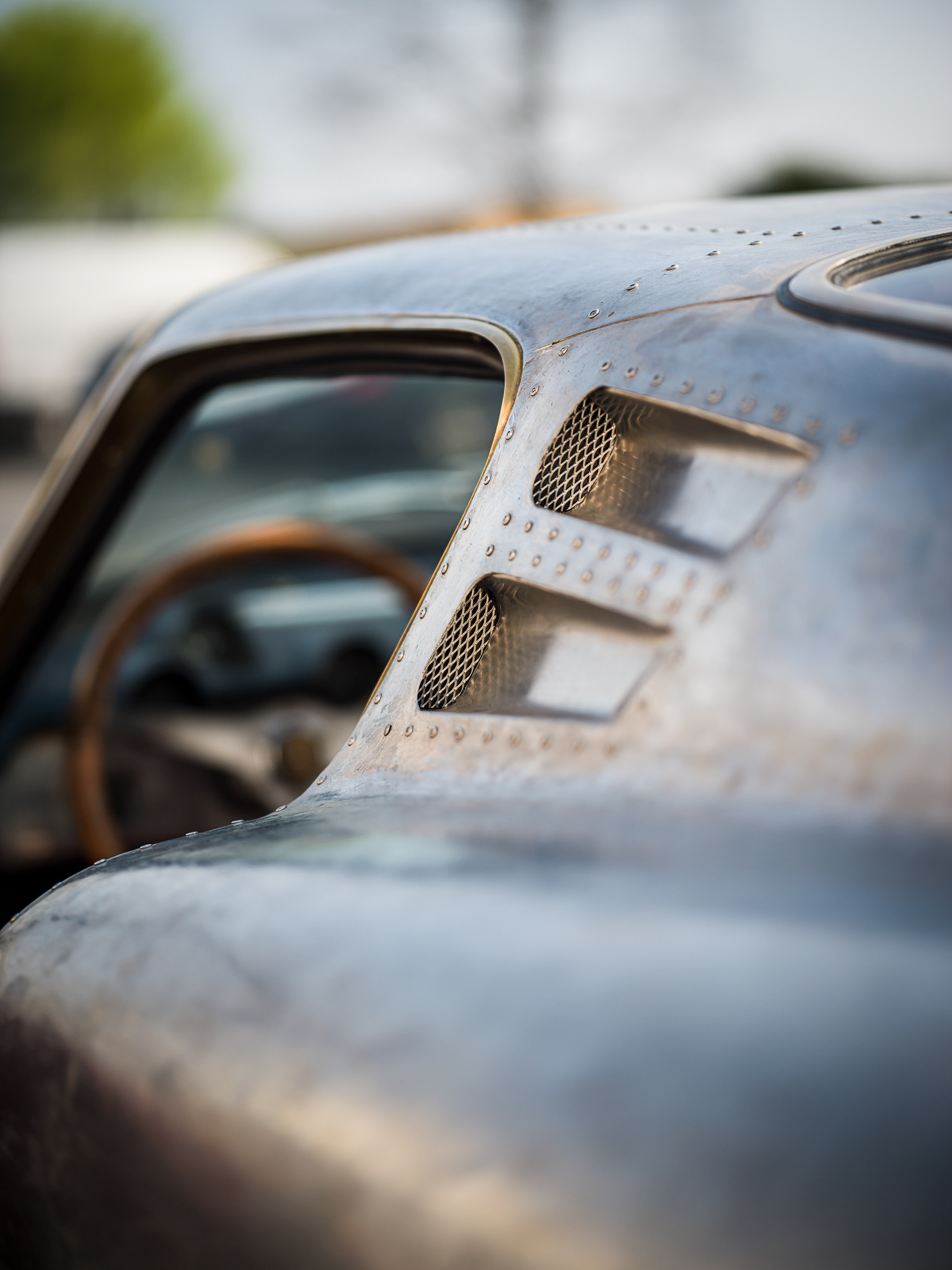


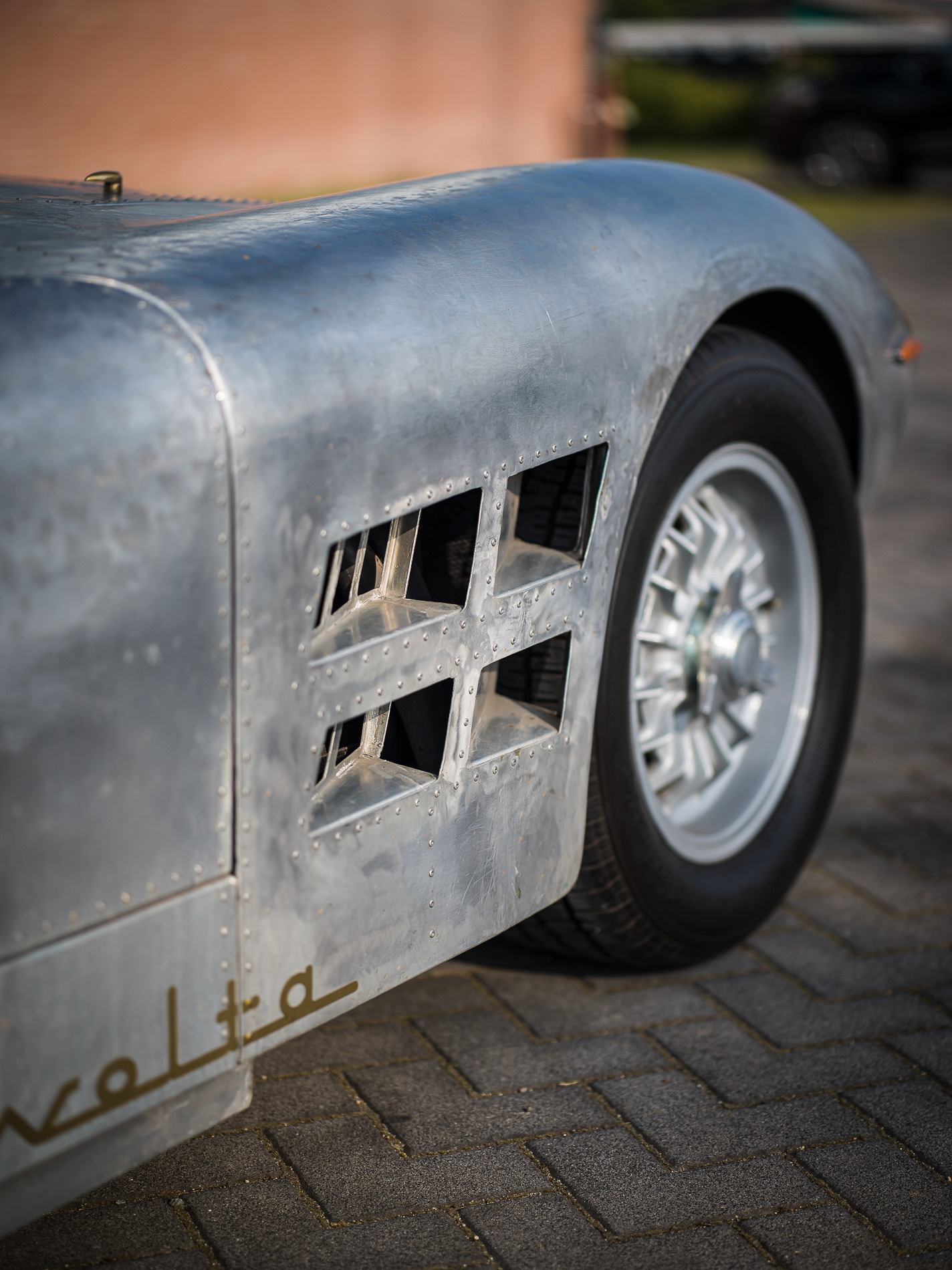


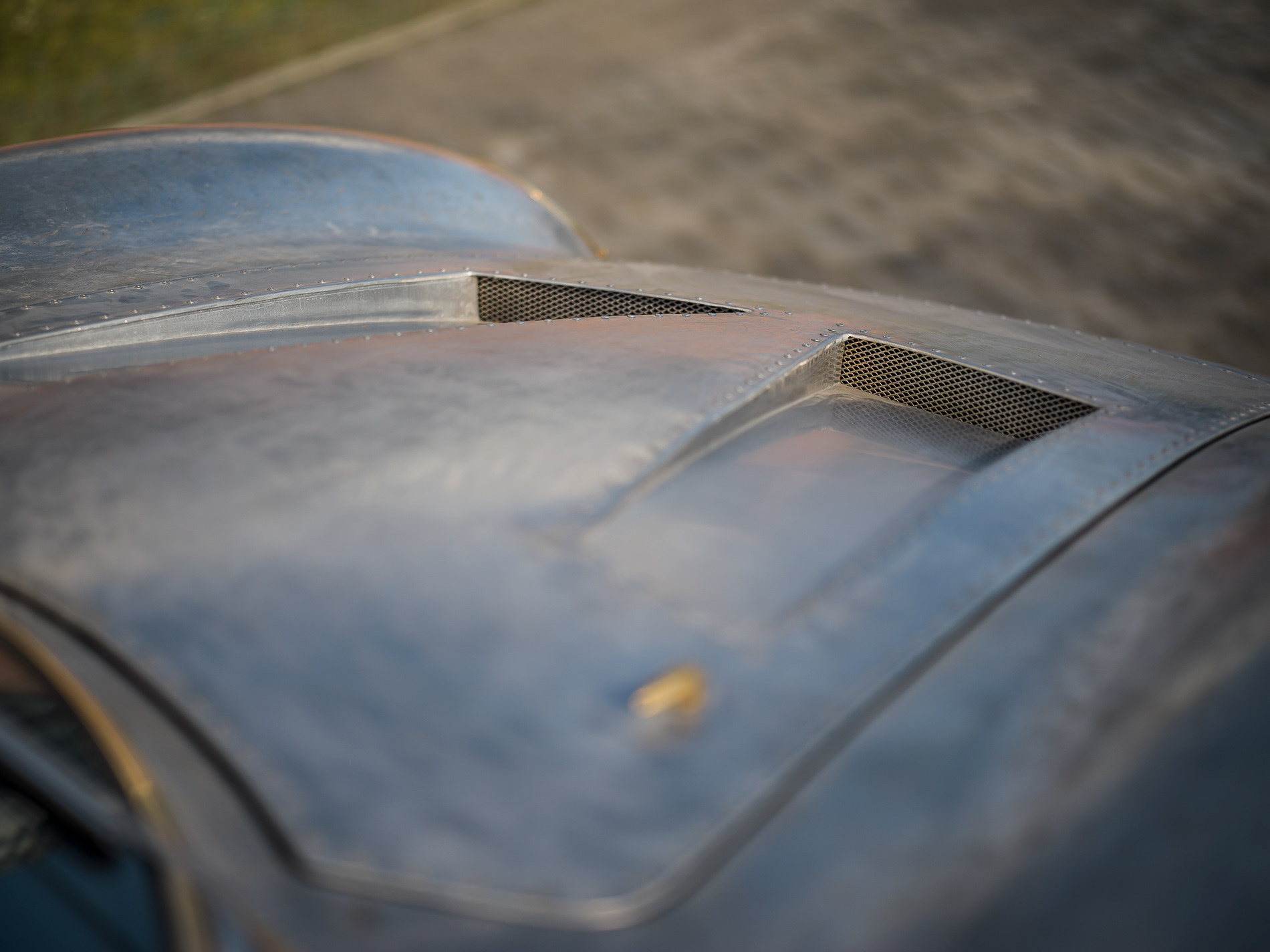


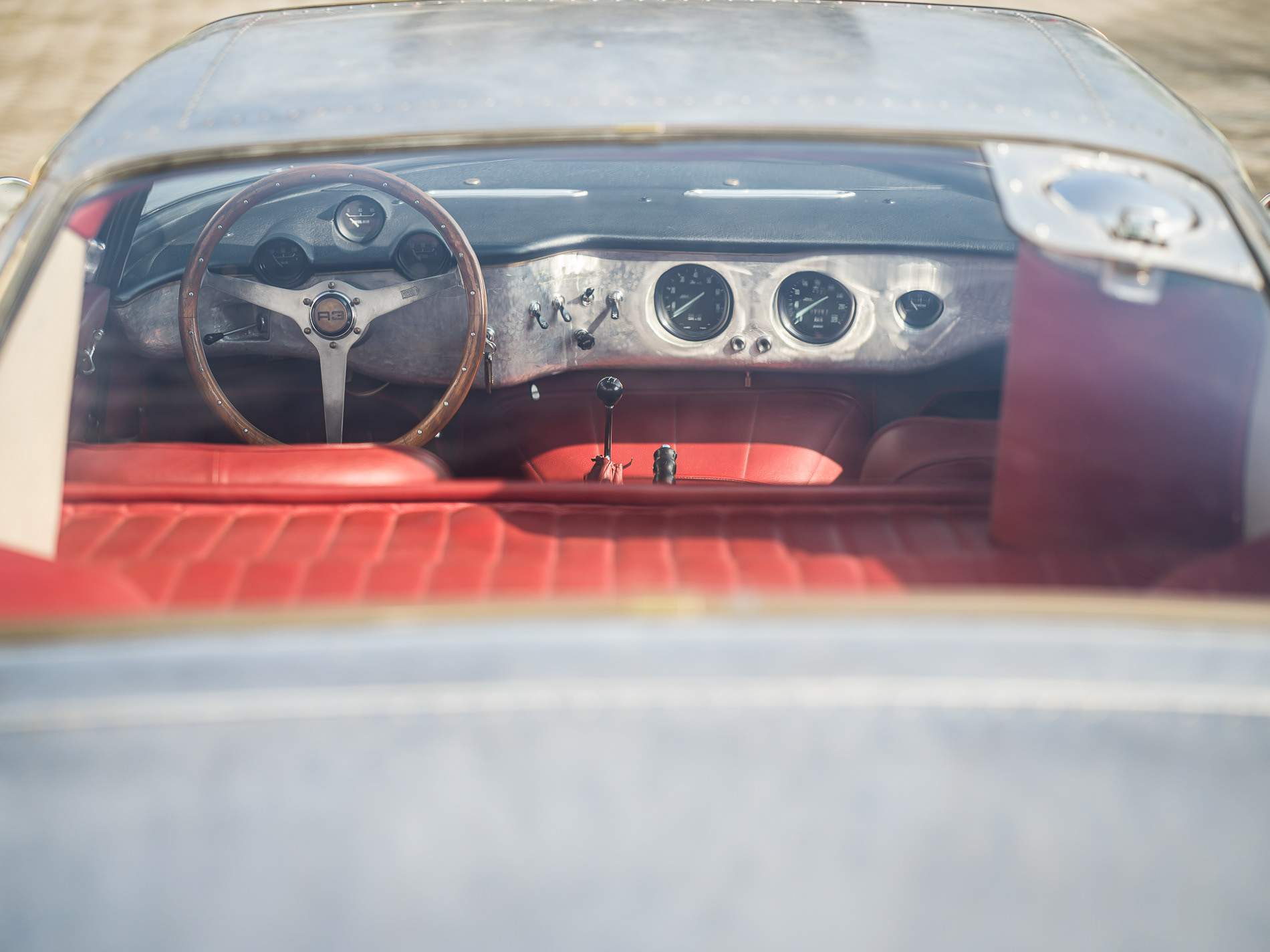
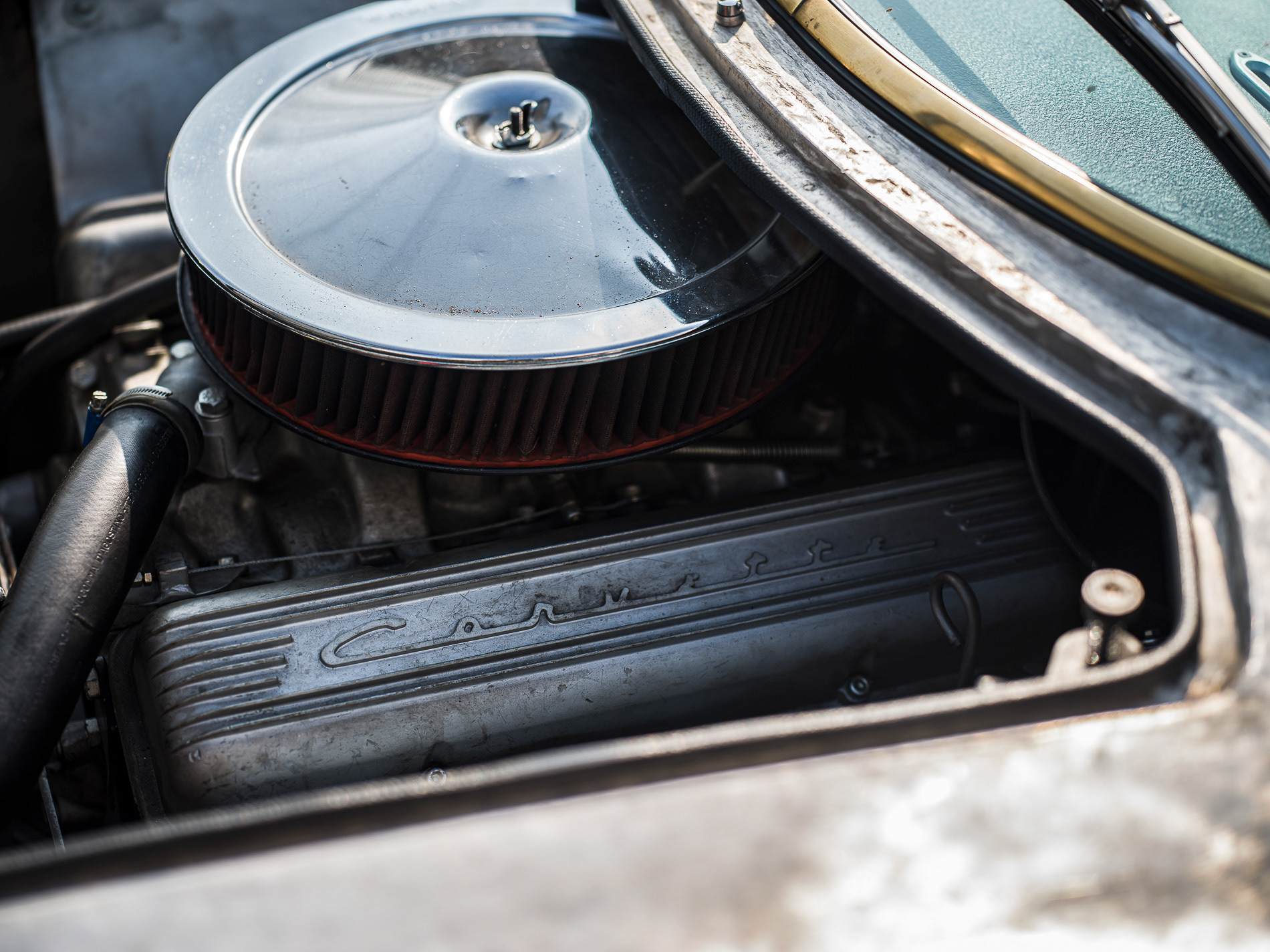
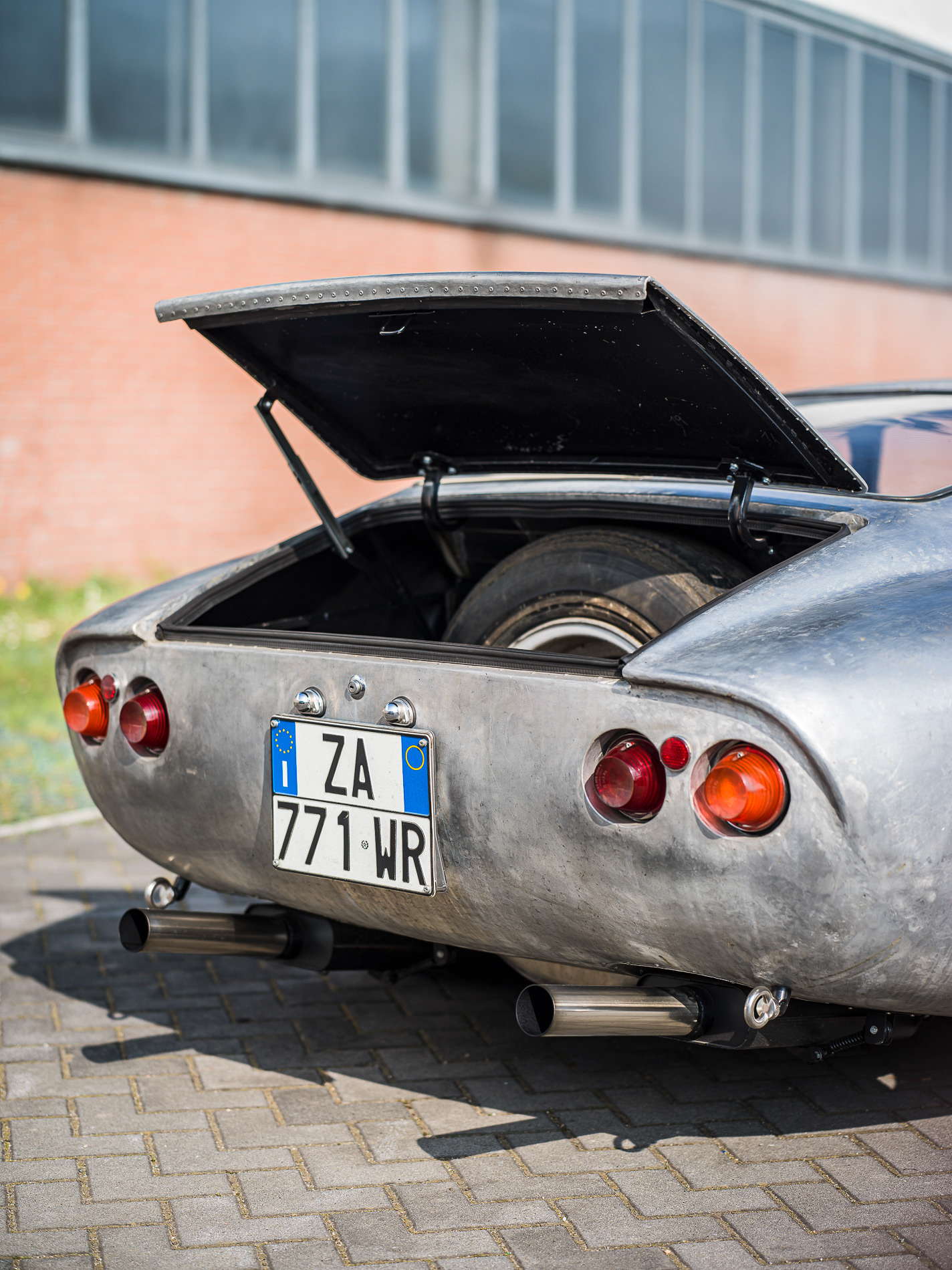
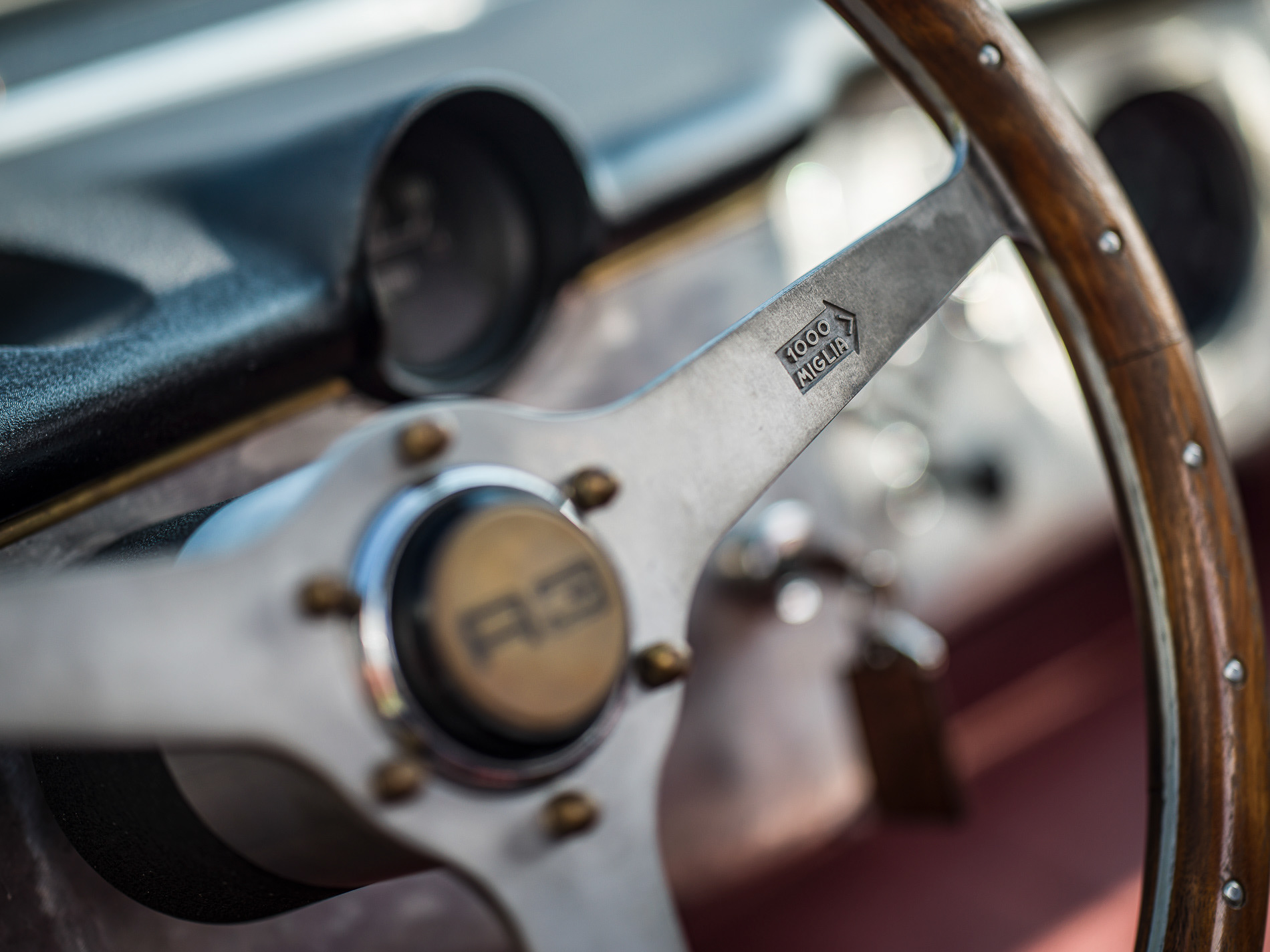

A beauty limited to only 19 examples (3 of which already delivered, and 9 in delivery) for as many lucky collector customers.
The GTZ recreates the bond between ISO Rivolta and General Motors, in the same way that Renzo Rivolta started in the '60s when, talking about his Granturismos, he affirmed: "We chose General Motors V8 engines for all our GT cars, because they are faster and do not break when you close the hood".


